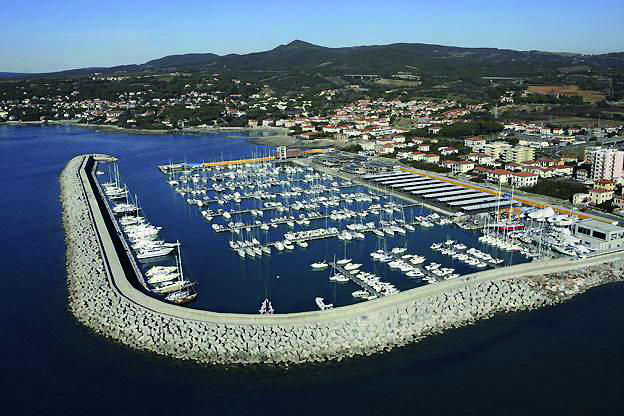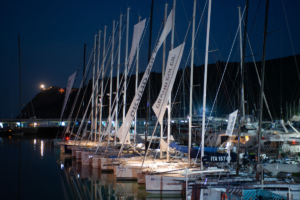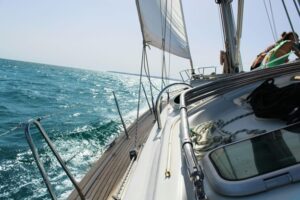The International Monohull Open Classes Association (IMOCA), the organisation best known for organising the Vendee Globe, has confirmed a new boat design and its 2013-14 race programme. The decisions were taken at a meeting of IMOCA skippers and members last week and are being regarded as the first step towards the development of a more commercially-viable class.
In October, Open Sports Management, a start-up agency created by British entrepreneur Sir Keith Mills, was appointed to run the category’s international commercial and marketing strategy, which in the past has been French-dominated and somewhat disjointed.
Open Sports Management has overseen the new proposals, which were passed by a majority, and will see the IMOCA world championship, which runs over two seasons of racing, split into two separate series in future.
A solo series will culminate with the Vendee Globe, regarded as the world’s toughest sailing event, which was won last year by Frenchman François Gabart in record time, while a two-handed series will feature the Barcelona World Race as its closing event.
The 2013 programme will comprise the Fastnet Race in August, and the the Transat Jacques Vabre, from Le Harve in France to the Brazilian port of Itajai, in November. 2014’s calendar will include a double-handed Transat in sprint, a 1,000 mile race in the summer, the Route du Rhum in November and the Barcelona World Race at the end of the year. The next Vendee Globe, a single-handed, non-stop race around the world, is not likely to be staged until 2016-17.
Following the meeting in Paris, Mills said: “I am really happy about the quality of discussions which we have had over the past two days. We now have the means to develop this class and give it the visibility and resources it deserves.”
IMOCA president Luc Talbourdet added: “We’ve achieved our objectives: we have increased the safety of the boats, have implemented clear rules for the years to come and can now start production on the new boats.”
Boats will remain 60 feet in length, with a one-design mast and keel designed to reduce costs, increase reliability and to allow boats to remain competitive for a longer period.









